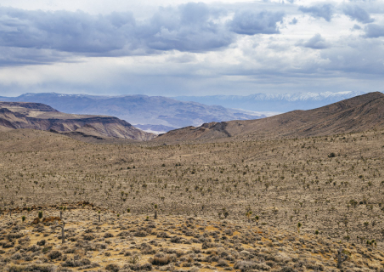Conglomerate Mesa
Conglomerate Mesa
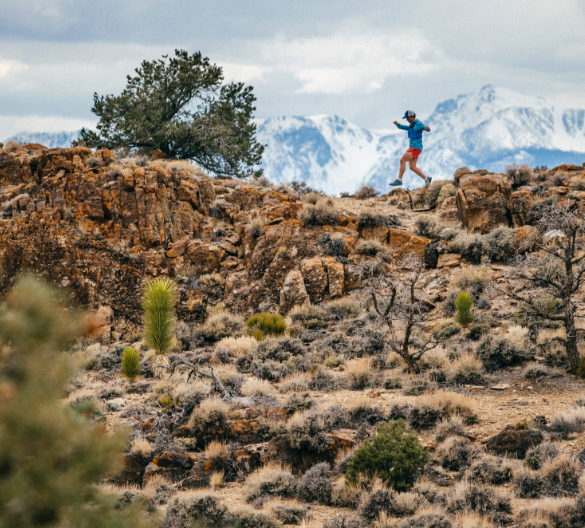
Conglomerate Mesa
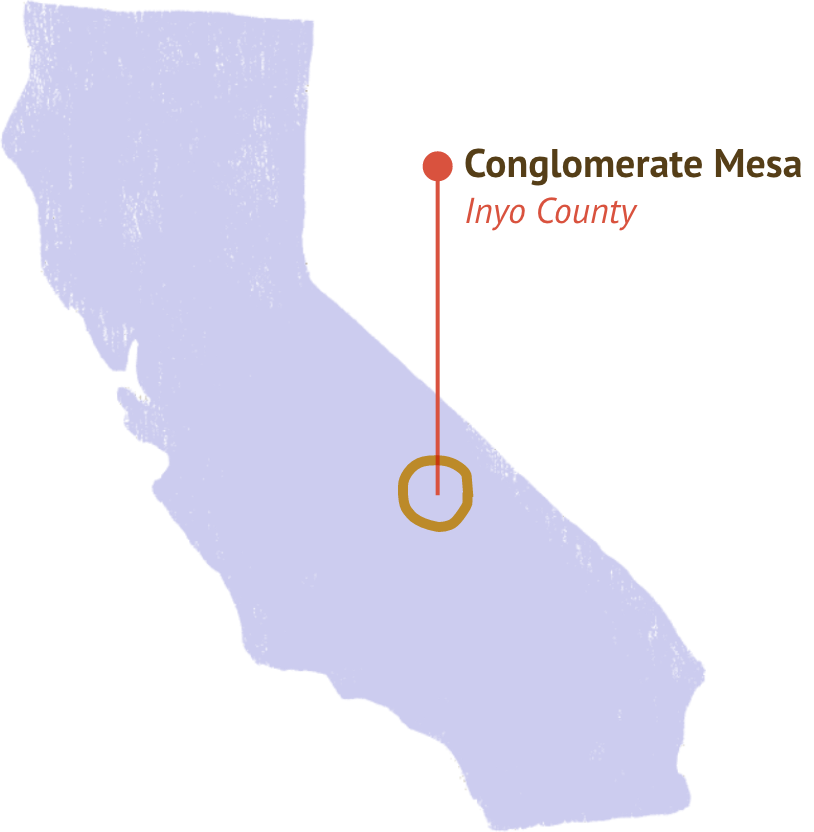
Located at “the doorstep” of Death Valley National Park, eastern California’s Conglomerate Mesa is made up of more than 45,000 acres of pristine desert, nearly untouched by roads. Conglomerate Mesa offers a refuge for local wildlife and unique desert plant species, and is an important tribal cultural landscape for the Timbisha Shoshone and Paiute Shoshone Tribes. It also provides miles of natural views and some of the darkest skies in California for stargazing by ambitious hikers and campers.
Protecting Conglomerate Mesa’s rich, remote desert wildlands is key to maintaining the area for Tribal use, recreation and rare plants and wildlife.
Protection Status
Since the 1980s, Conglomerate Mesa has been under threat of development from mining companies, whose use of the Mesa would damage the area’s ecosystem beyond recovery. Permanent protection for the Mesa and the surrounding Joshua-tree studded wildlands is key to maintaining this landscape for the plants and animals that reside there and the tribal communities that consider these natural lands a part of their homeland.
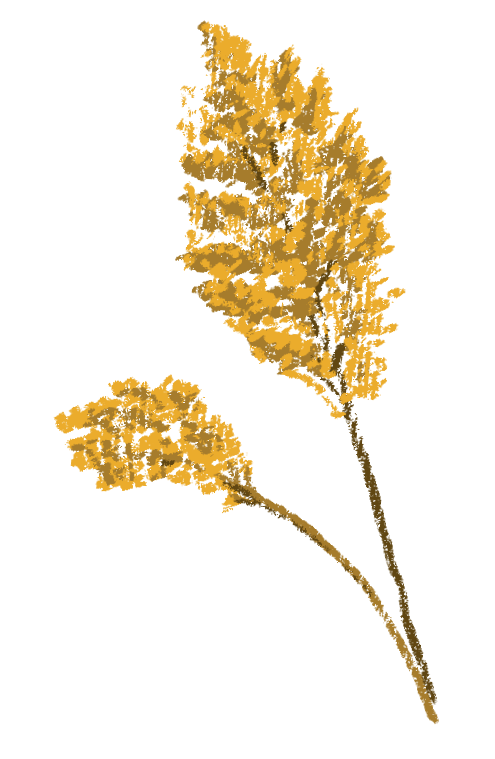
Protection Status
Since the 1980s, Conglomerate Mesa has been under threat of development from mining companies, whose use of the Mesa would damage the area’s ecosystem beyond recovery. Permanent protection for the Mesa and the surrounding Joshua-tree studded wildlands is key to maintaining this landscape for the plants and animals that reside there and the tribal communities that consider these natural lands a part of their homeland.

Local Experts
Learn more about Conglomerate Mesa from our partners on the ground.
BIODIVERSITY
Conglomerate Mesa is where the Mojave Desert meets the Great Basin, creating a unique habitat for flora and fauna. It is a thriving woodland for California’s iconic but threatened Joshua trees, and home to rare desert plants like the threatened Inyo rock daisy and Parry’s monkeyflower, which provide food to local bees. It also provides an essential corridor for animals like mule deer, mountain lions and bobcats to travel safely between nearby mountain ranges. Protecting the Mesa will help ensure these local plants and animals can continue to survive.
CLIMATE RESILIENCE
The Mesa and the plant and animal life it supports are already stressed by rising temperatures and greater water scarcity due to climate change. The impacts of possible development would not only directly destroy habitat, plants and wildlife, but would disrupt migration corridors, create toxic waste, and generate airborne pollutants causing greater environmental stress, which exacerbates climate change.
ACCESS

Conglomerate Mesa is accessible to the public, and surrounded by a network of protected public lands like Death Valley National Park, Inyo Mountains Wilderness, and Malpais Mesa Wilderness. It is also located 5 miles as the crow flies from the community of Keeler, who uses the area for recreation.
Tribal Acknowledgement
Conglomerate Mesa is the ancestral homeland of the Shoshone, Paiute, and Timbisha Shoshone Tribes, who still use the Mesa for recreation, hunting and culturally-significant Tribal traditions, like the gathering of pinyon nuts to use as medicine and food. Tribe members are stewards of the Mesa’s wildlands and vocal advocates for Conglomerate Mesa’s protection.
Local Views
See how others are sharing their #PowerInNature

“
Conglomerate Mesa is a pristine, nearly roadless landscape filled with endemic and threatened plant species, including the iconic Joshua Tree and the Inyo Rock Daisy. The Mesa is important to the Paiute Shoshone and Timbisha Shoshone Tribal nations. This area has been included as part of numerous legislative proposals (e.g., Death Valley, Malpais Mesa Wilderness) but has been removed from permanent protections because of the mineral withdrawal interest.”
Maria Jesus
Conservation Chair for the CNPS Bristlecone Chapter
Learn more

“
Conglomerate Mesa is a pristine, nearly roadless landscape filled with endemic and threatened plant species, including the iconic Joshua Tree and the Inyo Rock Daisy. The Mesa is important to the Paiute Shoshone and Timbisha Shoshone Tribal nations. This area has been included as part of numerous legislative proposals (e.g., Death Valley, Malpais Mesa Wilderness) but has been removed from permanent protections because of the mineral withdrawal interest.”
Kayla Browne
Desert Lands Organizer for Friends of the Inyo
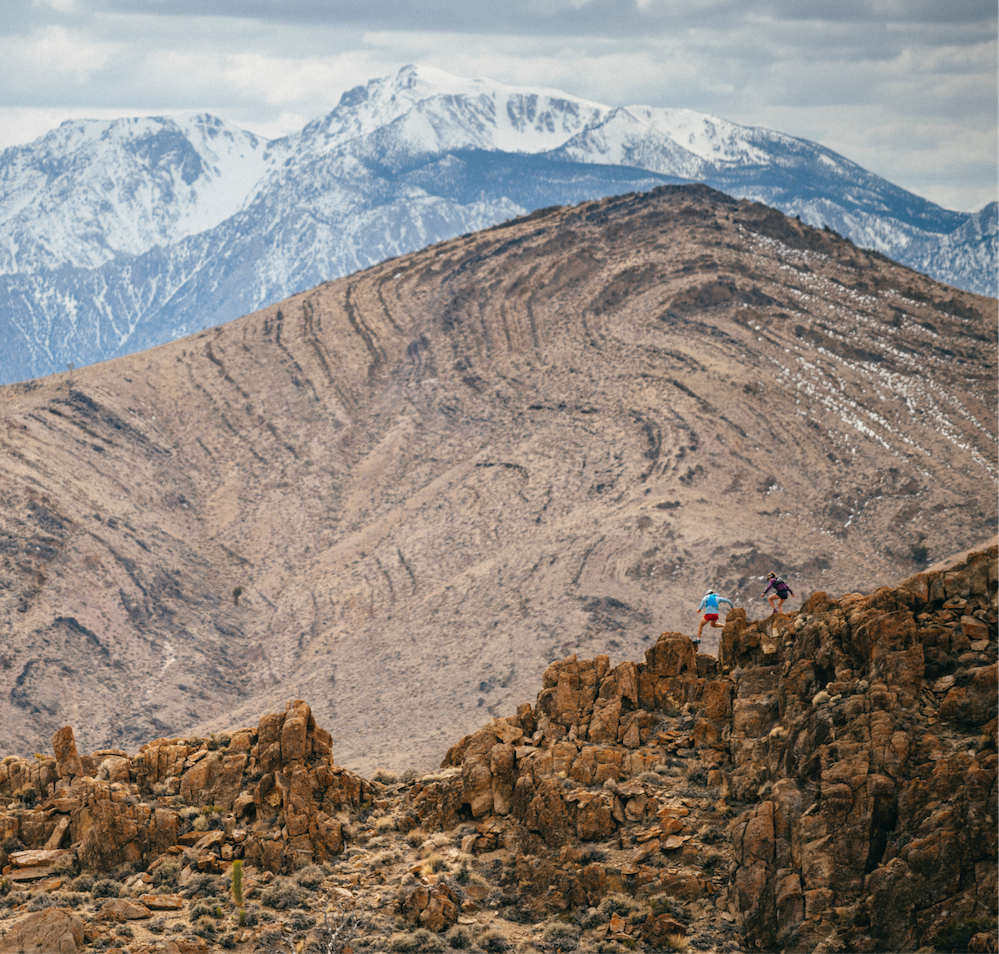
DID YOU KNOW?
Roughly 300 million years ago, Conglomerate Mesa was a part of North America’s coastline. It is now home to the fossils of ancient eels, corals and plankton that are found nowhere else on Earth. This unique fossil record provides insight into prehistoric evolution, and would be permanently destroyed by deep pit mining.
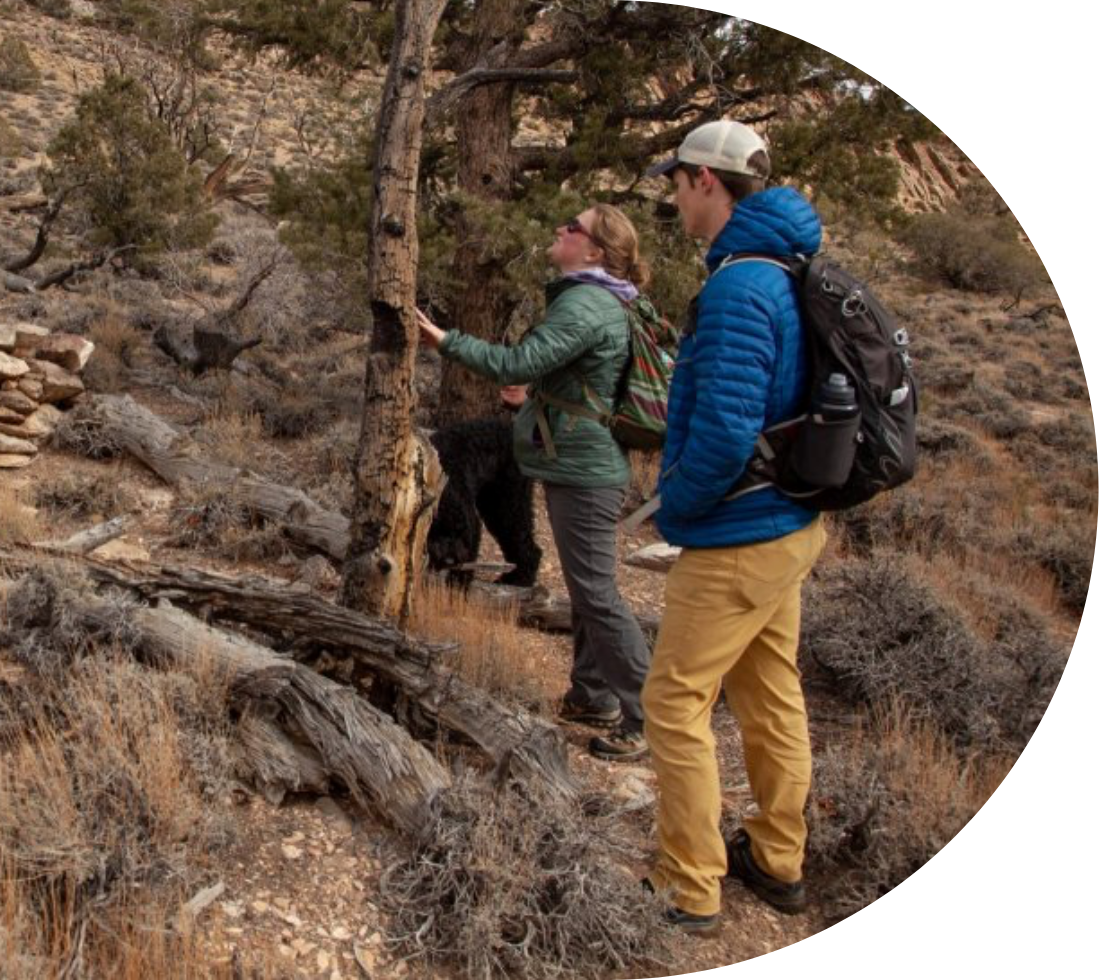
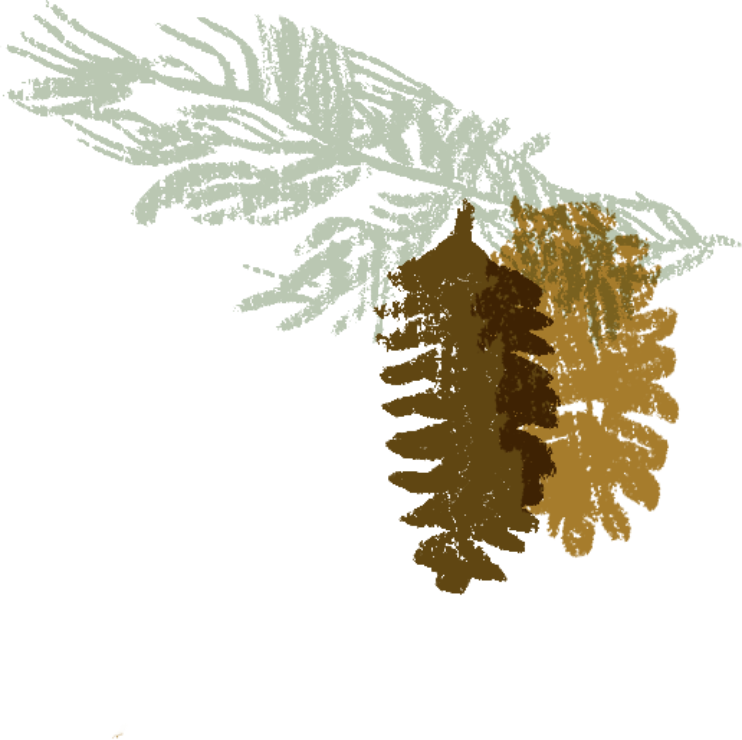
Have 60 seconds?
Use it to make a difference.
